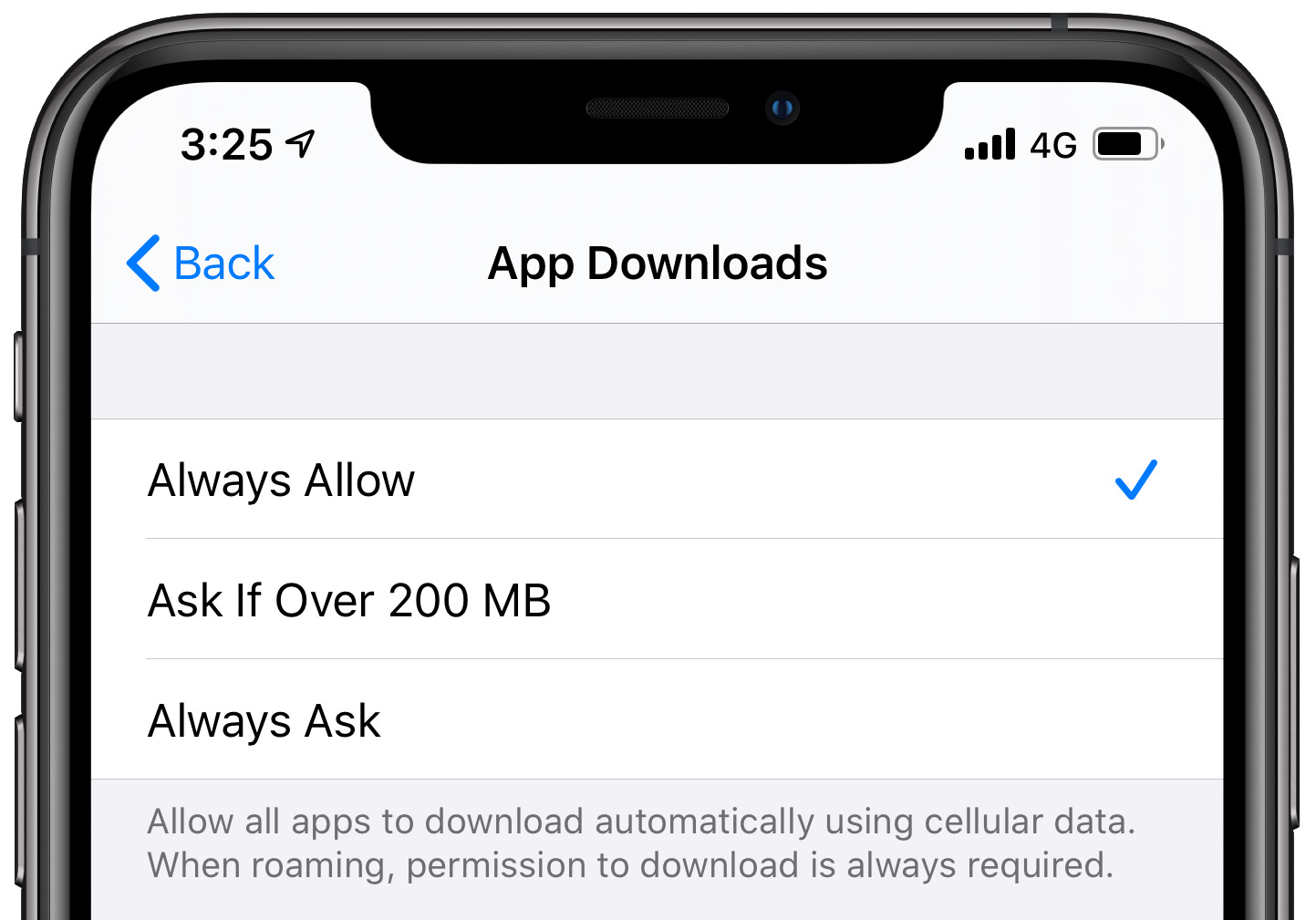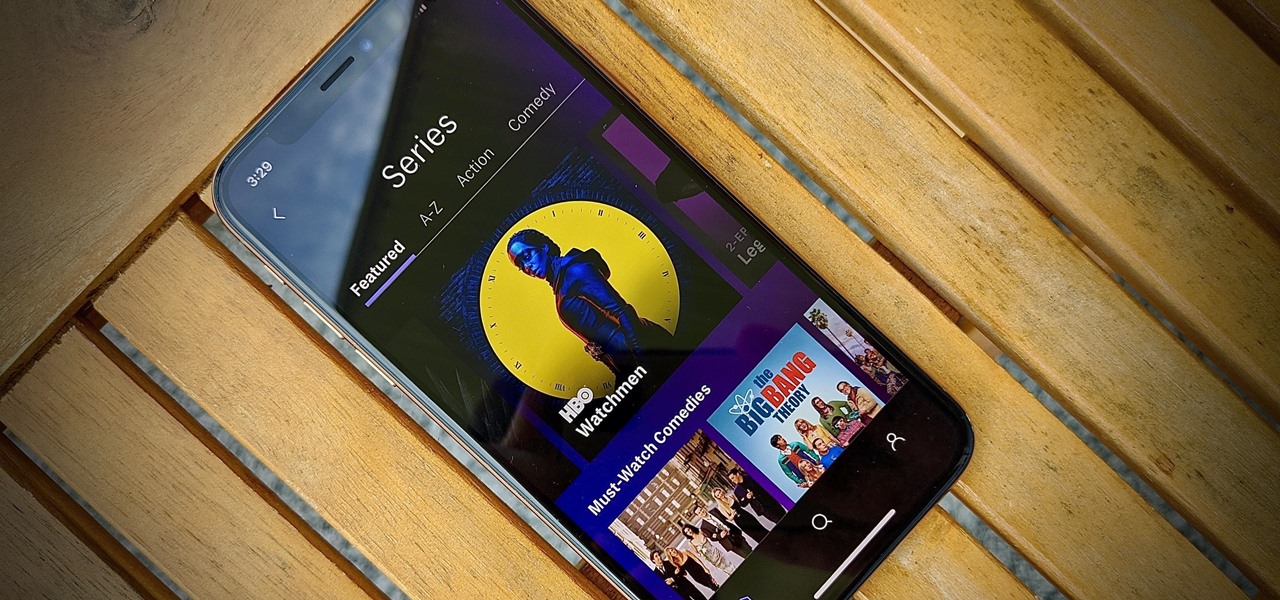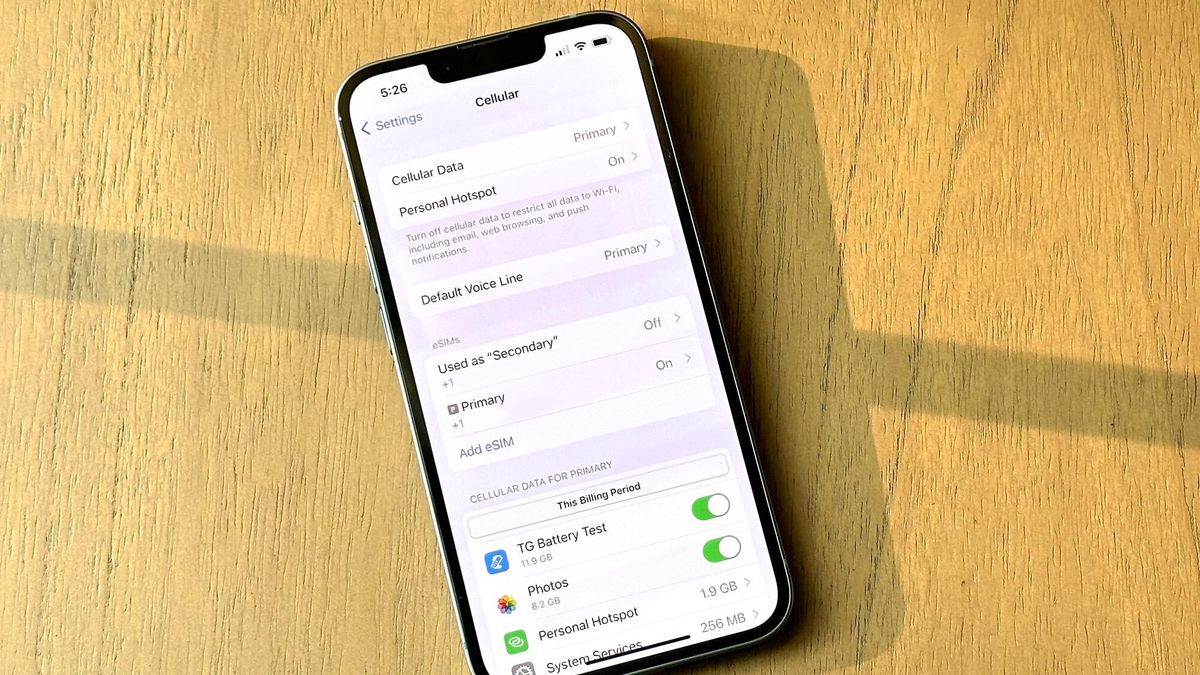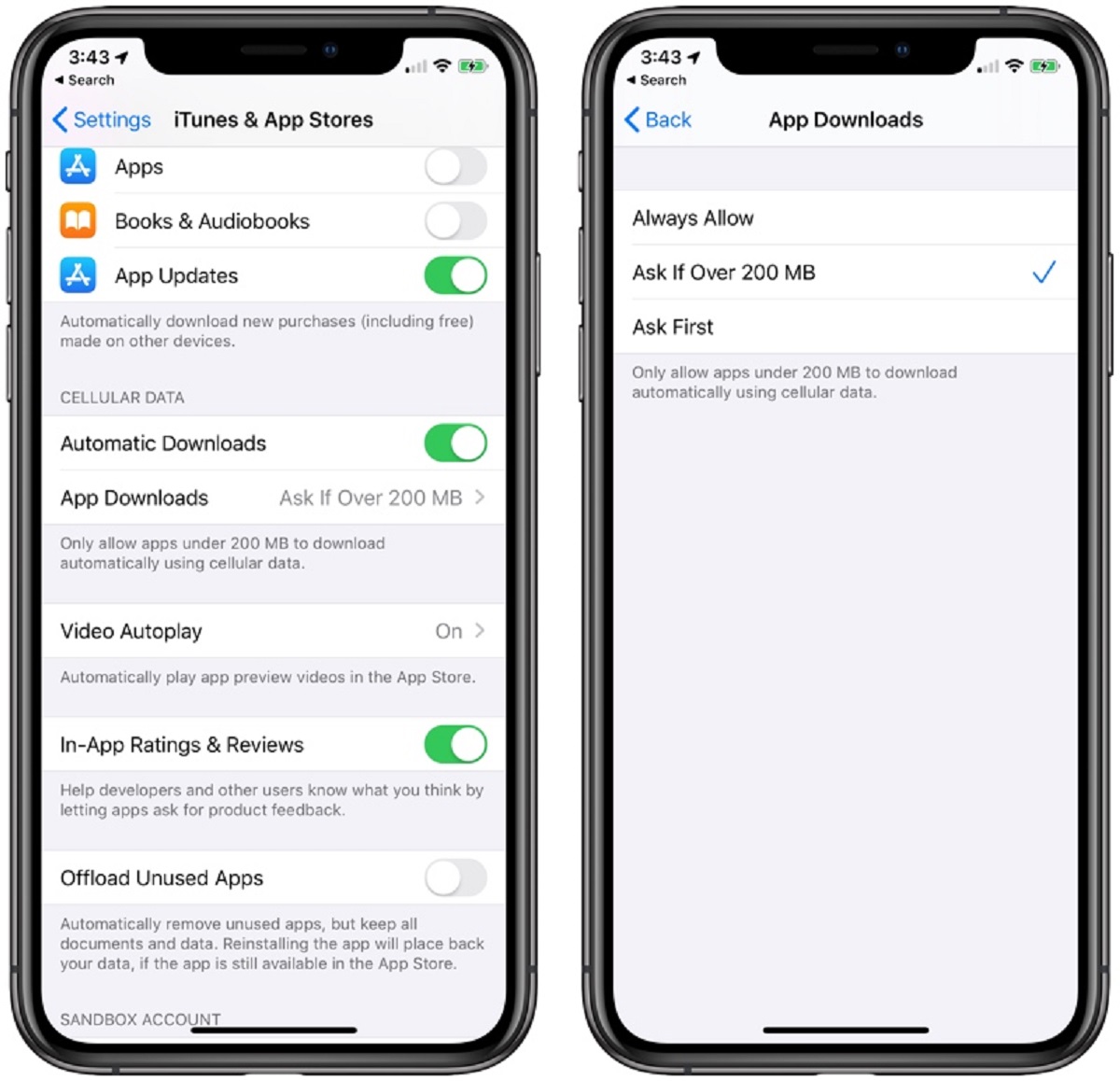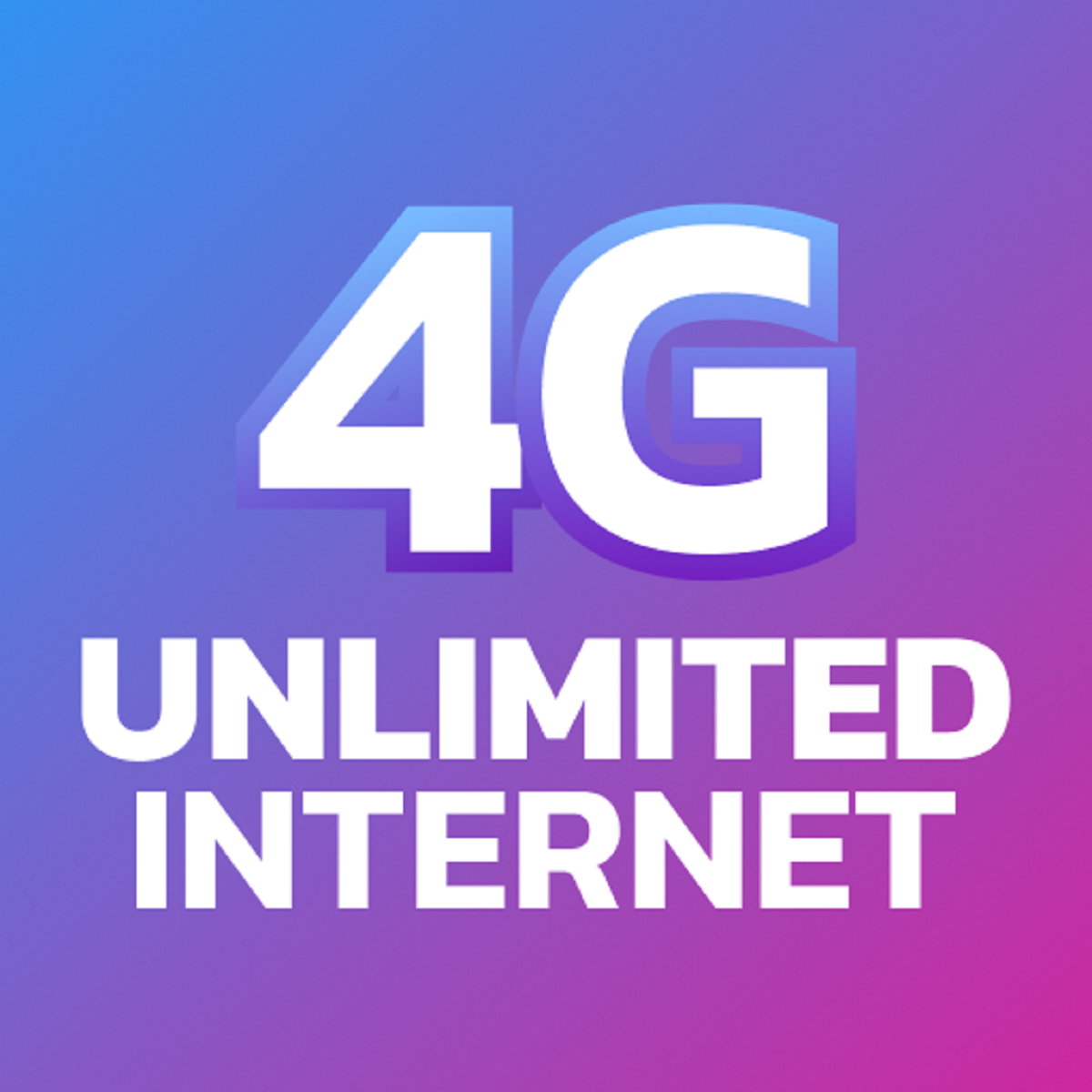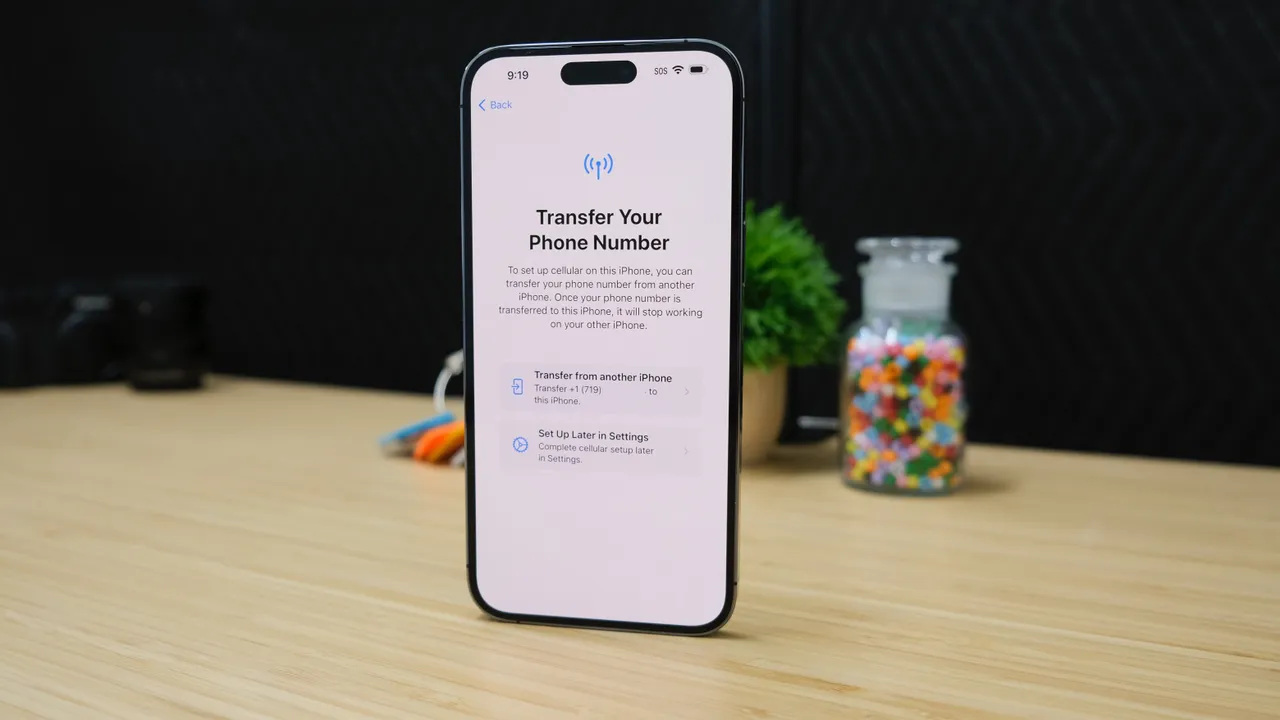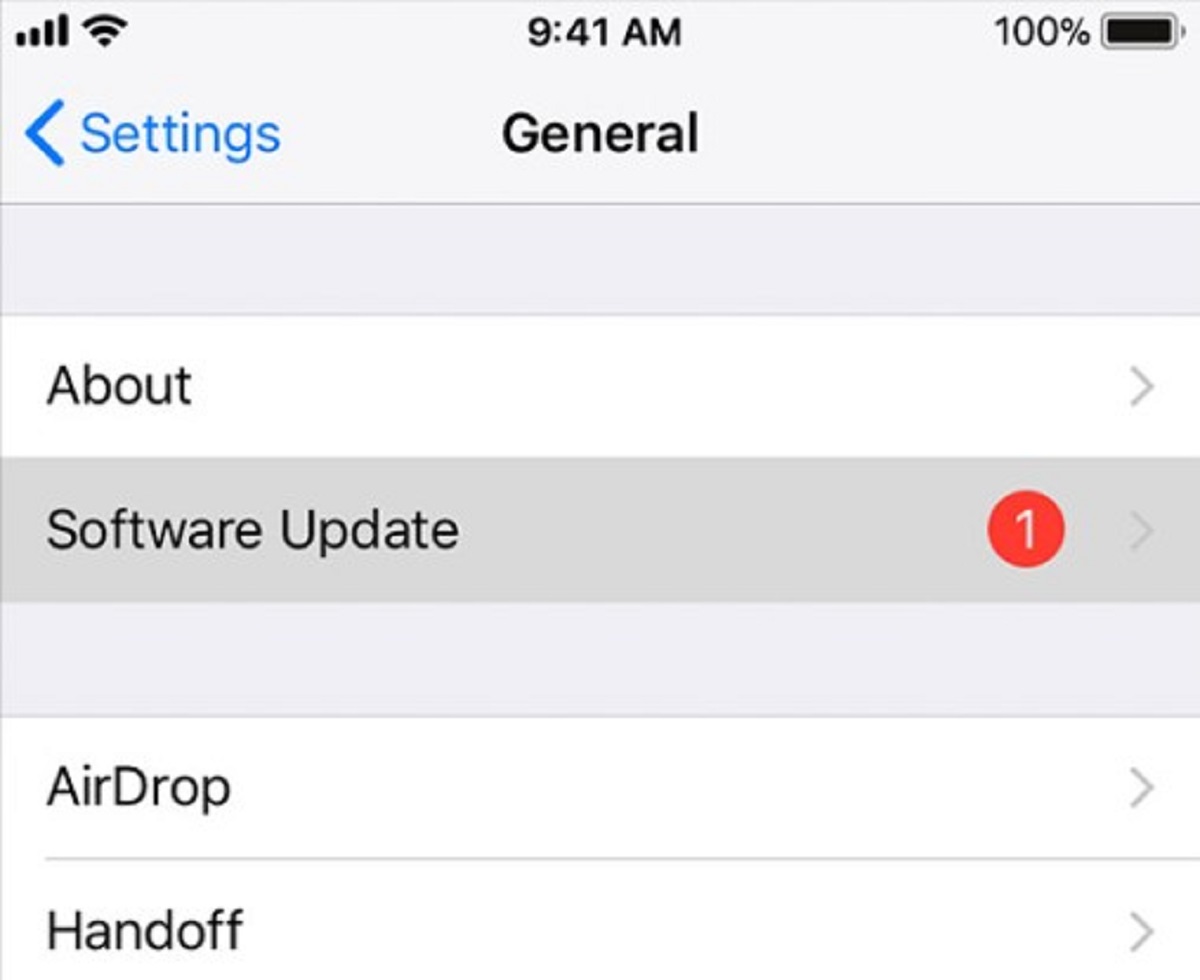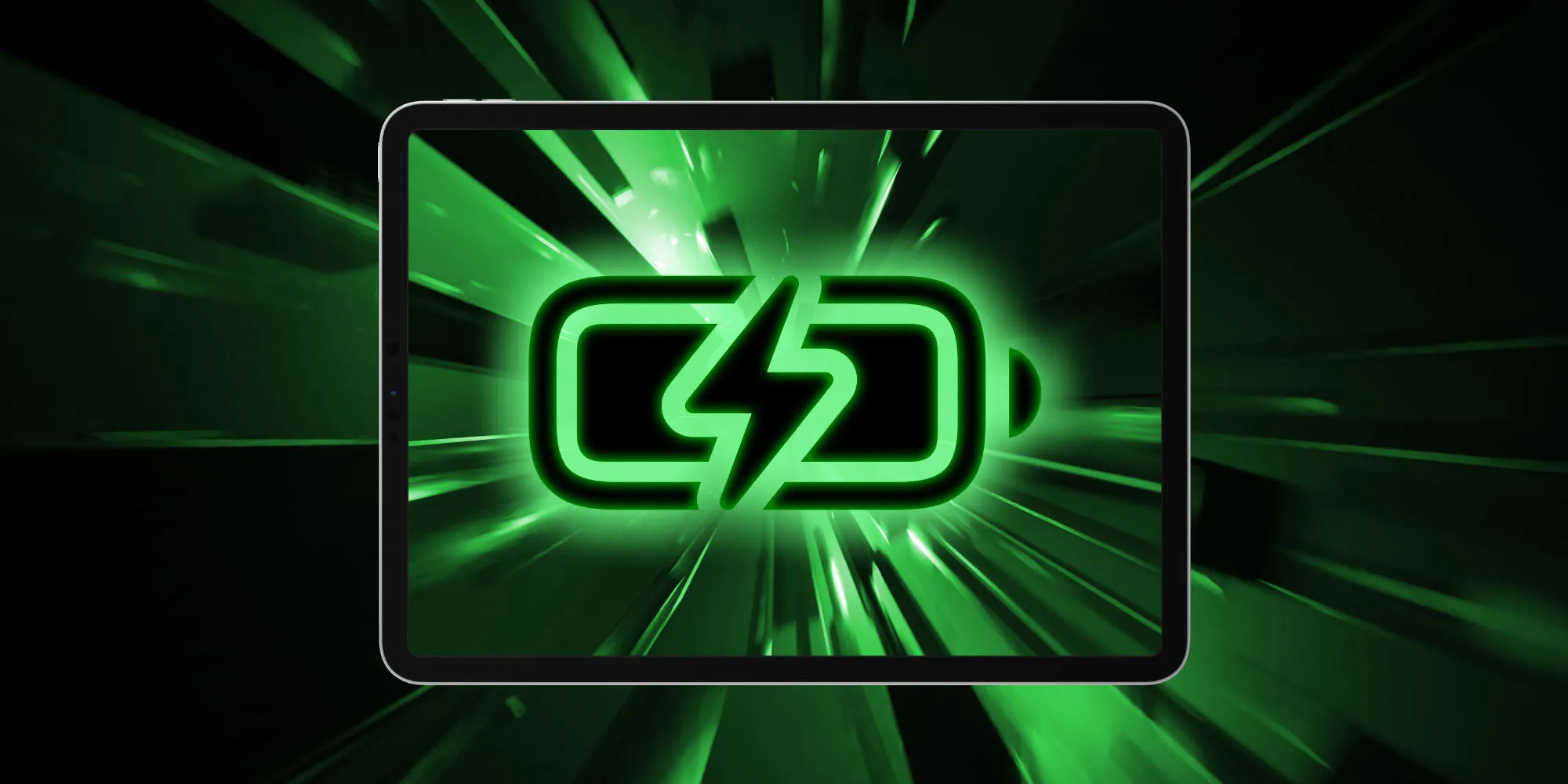Introduction
With the ever-increasing reliance on mobile devices, it’s no surprise that downloading files and apps has become an integral part of our daily digital lives. Whether it’s downloading a new game, an important document, or even streaming media, having the convenience of downloading over cellular data can be a lifesaver when Wi-Fi is not available. However, it’s essential to understand how to manage and control this feature to avoid excessive data usage and potential bill shocks.
In this guide, we will explore how to allow downloading over cellular data on both iOS and Android devices. We will also discuss various methods to manage and optimize your data usage, as well as troubleshooting tips to overcome any download issues you may encounter along the way.
Cellular data usage can quickly add up, leading to unexpected charges and decreased network performance. It is crucial to strike a balance between the convenience of downloading over cellular and the need to manage your data consumption effectively. By following the steps outlined in this guide, you will be able to take control of your device’s downloading behavior and ensure that you stay within your desired data limits.
So, whether you’re a tech-savvy individual or someone new to the world of mobile downloads, let’s dive into the details and empower you with the knowledge to manage your downloads over cellular data with confidence and ease.
Understanding Cellular Data Usage
Before we delve into the specifics of allowing downloads over cellular data, it’s crucial to have a solid understanding of how cellular data usage works. When you browse the internet, use apps, or download files on your device, data is transferred over your cellular network, utilizing your monthly data allowance.
Every action you take on your device, from loading web pages to streaming videos, consumes a certain amount of data. This data is measured in bytes, kilobytes (KB), megabytes (MB), and gigabytes (GB). Different activities and file types consume varying amounts of data, with multimedia content generally requiring more data compared to text-based web pages or emails.
It’s important to note that some mobile service providers may impose data caps or charges for exceeding your monthly data limit. To avoid additional fees and ensure efficient data usage, it’s essential to track and manage your data consumption effectively.
There are several factors that can contribute to cellular data usage, including:
- Streaming media: Streaming music, videos, and podcasts can quickly consume large amounts of data. High-definition (HD) video streaming uses more data compared to standard definition (SD) or low-quality options.
- App downloads and updates: Downloading new apps and updating existing ones can consume significant data, especially for larger applications or frequent updates.
- Web browsing and social media: Browsing the web, scrolling through social media feeds, and viewing image-heavy websites all contribute to data usage.
- Emails and messaging: While individual emails and text messages use minimal data, attachments and media files within these communications can increase your data consumption.
- Background app refresh: Some apps refresh their content in the background even when you’re not actively using them. This can use up data without your knowledge.
By understanding how different activities contribute to your data usage, you can make informed decisions regarding your downloading behavior and take steps to manage it effectively. In the following sections, we will explore various methods to control and optimize your cellular downloads on iOS and Android devices.
Managing App Downloads on iOS
If you’re an iPhone or iPad user, iOS provides built-in features to manage and control app downloads over cellular data. By taking advantage of these settings, you can ensure that your device only downloads apps when connected to a Wi-Fi network, helping you conserve your cellular data. Here’s how to do it:
- Launch the Settings app: Open the Settings app on your iOS device, which can be found on your home screen.
- Go to Cellular or Mobile Data: Scroll down and tap on “Cellular” or “Mobile Data” (the exact name may vary depending on your iOS version).
- Enable App Downloads: Look for the option labeled “App Downloads” or “App Store Downloads” and make sure it is toggled OFF. This setting ensures that app downloads are only allowed when connected to Wi-Fi.
Once you’ve turned off the app download setting, your iOS device will prompt you to connect to a Wi-Fi network if you attempt to download or update an app while only on cellular data. This provides an extra layer of control to prevent unintentional data usage.
Additionally, iOS also allows you to limit app downloads to a specific file size. This is particularly useful if you want to conserve data while still allowing smaller app updates. Here’s how to set a download size limit:
- Remain in the Cellular or Mobile Data settings: After turning off app downloads, scroll down to find the “App Downloads” section again.
- Tap on App Downloads: Within this section, you’ll find the option to limit app downloads to different file sizes.
- Select a Download Size: Choose the maximum download size that you’re comfortable with, such as 200MB or 50MB. This ensures that larger apps or updates will only be downloaded when connected to Wi-Fi.
By following the steps above, you can effectively manage app downloads on your iOS device, preventing excessive data usage while still having control over which apps are allowed to download over cellular networks. In the next section, we’ll explore how to manage app downloads on Android devices.
Managing App Downloads on Android
Android devices also offer various options to control and manage app downloads over cellular data. By leveraging these settings, you can ensure that your device downloads apps and updates only when connected to a Wi-Fi network, helping you conserve your cellular data. Here’s how to manage app downloads on Android:
- Open the Google Play Store: Locate the Google Play Store app on your Android device and open it.
- Access the Settings: Tap on the three horizontal lines at the top-left corner of the screen to open the side menu. From there, select “Settings.”
- Select App Download Preferences: Within the Settings menu, scroll down and tap on “App download preference” or a similar option depending on your Android version.
- Choose “Over any network” or “Over Wi-Fi only”: In the App download preferences, you can select whether you want apps to download over any network (including cellular data) or limit downloads to Wi-Fi only. Choose the “Over Wi-Fi only” option to conserve your cellular data.
By selecting the “Over Wi-Fi only” option, your Android device will only download apps and updates when connected to a Wi-Fi network. If you attempt to download or update an app while on cellular data, the device will prompt you to switch to Wi-Fi to complete the download.
Android devices also allow you to set a specific limit for app updates over cellular data. This feature provides even greater control over your data usage. Here’s how to set a download size limit:
- Remain in the Settings menu of the Google Play Store: After selecting the App download preference, scroll down until you find the option labeled “App download size.”
- Choose a Download Size: Tap on “App download size” and select the maximum size you want to allow for app updates over cellular data, such as 100MB or 50MB. This setting ensures that larger updates will only occur when connected to Wi-Fi.
By following these steps, you can effectively manage and control app downloads on your Android device, preventing excessive data usage while still having the flexibility to update your apps when connected to Wi-Fi. In the next section, we will explore how to enable automatic downloads on both iOS and Android devices.
Enabling Automatic Downloads
Automatic downloads can be a convenient feature that saves you time and effort by automatically downloading app updates, music, books, or other digital content in the background. However, it’s important to manage this feature to prevent excessive data usage over cellular networks. Here’s how to enable automatic downloads on iOS and Android devices:
On iOS:
- Open the Settings app: Launch the Settings app on your iOS device.
- Tap on your Apple ID: Scroll down and tap on your Apple ID at the top of the screen.
- Select “iTunes & App Store”: From the Apple ID menu, select “iTunes & App Store.”
- Enable Automatic Downloads: Within the iTunes & App Store settings, you can toggle ON the options for automatic downloads for apps, updates, music, books, and more. Toggle only the options that you want to enable for automatic downloads.
By enabling automatic downloads on iOS, you can ensure that your devices stay up to date with the latest app versions and content. However, keep in mind that enabling automatic downloads for larger files, such as app updates or media files, can consume a significant amount of cellular data if you’re not connected to Wi-Fi. It’s advisable to manage the automatic download settings according to your data limits and preferences.
On Android:
- Open the Google Play Store: Locate the Google Play Store app on your Android device and open it.
- Access the Settings: Tap on the three horizontal lines at the top-left corner of the screen to open the side menu. From there, select “Settings.”
- Enable Auto-Update Apps: Within the Settings menu, scroll down and tap on “Auto-update apps.”
- Select Auto-Update Option: In the auto-update settings, you can choose whether to enable auto-updates for apps over any network or limit them to Wi-Fi only. Choose the option that suits your preferences and data usage requirements.
By enabling auto-updates on Android, you can ensure that your apps are always up to date without manual intervention. However, be cautious about enabling auto-updates over cellular data, especially for larger app updates. It’s recommended to limit auto-updates to Wi-Fi connections to avoid excessive data consumption.
By following these steps, you can enable automatic downloads on your iOS or Android device while still maintaining control over your data usage. In the next section, we will explore how to limit download sizes to further optimize your cellular data consumption.
Limiting Download Sizes
Limiting download sizes is an effective way to ensure that your device doesn’t consume excessive cellular data when downloading apps or files. By setting a maximum size for downloads, you can conserve your data allowance and avoid unexpected data overages. Here’s how to limit download sizes on both iOS and Android devices:
On iOS:
- Open the Settings app: Launch the Settings app on your iOS device.
- Tap on General: Scroll down and tap on “General.”
- Select “iPhone Storage” or “iPad Storage”: From the General settings, select “iPhone Storage” or “iPad Storage,” depending on the device you’re using.
- Enable Offload Unused Apps: Within the iPhone or iPad Storage settings, you’ll find the option to enable “Offload Unused Apps.” This feature automatically removes less frequently used apps to free up storage space while retaining app data. Enabling this feature can help manage download sizes and prevent unnecessary data consumption.
On Android:
- Open the Google Play Store: Locate the Google Play Store app on your Android device and open it.
- Access the Settings: Tap on the three horizontal lines at the top-left corner of the screen to open the side menu. From there, select “Settings.”
- Enable “App download preference”: Within the Settings menu, tap on “App download preference” or a similar option based on your Android version.
- Choose “Ask me every time” or “Over Wi-Fi only”: In the app download preference settings, you can select to be prompted for download size confirmation every time or set it to download over Wi-Fi only.
By setting limitations on download sizes, you can have greater control over your cellular data usage. It’s advisable to carefully consider your data allowance and preferences to ensure that you strike a balance between efficient downloads and available storage space on your device.
Keep in mind that while these settings help limit the download sizes for apps, files, and updates, they may not apply to all downloads. Some media streaming services, cloud storage apps, or specific websites may have their own download settings or limitations that you may need to configure separately.
By implementing these size limits, you can effectively manage your downloads on both iOS and Android devices, allowing you to optimize your data consumption and avoid exceeding your monthly data allowance. In the next section, we will explore how to control individual app settings for downloads on both platforms.
Controlling Individual App Settings
Managing and controlling individual app settings for downloads gives you granular control over how each app utilizes cellular data. By customizing the download settings for specific apps, you can optimize your data usage and prioritize which apps are allowed to download over cellular networks. Here’s how to control individual app settings on both iOS and Android devices:
On iOS:
- Open the Settings app: Launch the Settings app on your iOS device.
- Tap on Cellular or Mobile Data: Scroll down and tap on “Cellular” or “Mobile Data” (the exact name may vary depending on your iOS version).
- Scroll down to the App list: Within the Cellular settings, you’ll see a list of installed apps with toggle switches next to each.
- Toggle OFF apps that you want to restrict: Review the app list and toggle OFF the apps that you want to prevent from using cellular data for downloads.
On Android:
- Open the Settings app: Launch the Settings app on your Android device.
- Tap on Apps or Applications: Scroll down and tap on “Apps” or “Applications” (the name may vary depending on your Android version).
- Select the desired app: From the list of installed apps, select the specific app for which you want to control download settings.
- Tap on Data usage or Mobile data: Within the app settings, look for the option labeled “Data usage” or “Mobile data.”
- Enable or disable data usage for downloads: Depending on the app, you may find the option to toggle ON or OFF the usage of cellular data for downloads. Adjust the settings according to your preferences.
By disabling cellular data usage for specific apps, you can ensure that they only download new content or updates when you are connected to Wi-Fi. This allows you to prioritize essential apps that require frequent updates while preventing non-critical apps from consuming your cellular data.
It’s recommended to periodically review and adjust these app settings as your usage patterns and preferences may change over time. By regularly monitoring and customizing the individual app settings, you can ensure that your device’s downloads align with your data limits and requirements.
By utilizing these controls, you can have better control over your cellular data usage, prioritize critical apps, and avoid unnecessary data consumption. In the next section, we will explore how to monitor and track your data usage on both iOS and Android devices.
Monitoring and Tracking Data Usage
To effectively manage your data usage and avoid unexpected charges, it’s crucial to monitor and track your data consumption. By keeping a close eye on your data usage, you can identify which apps or activities consume the most data and make informed decisions to optimize your usage. Here’s how to monitor and track data usage on both iOS and Android devices:
On iOS:
- Open the Settings app: Launch the Settings app on your iOS device.
- Tap on Cellular or Mobile Data: Scroll down and tap on “Cellular” or “Mobile Data” (the exact name may vary depending on your iOS version).
- View overall data usage: In the Cellular settings, you’ll see a section that displays your overall data usage for the current period. This includes the total amount of data used and indicates which apps have consumed the most data.
- View app-specific data usage: Scroll down further to view the data usage for each installed app. This breakdown allows you to identify apps that are using significant amounts of data and make adjustments according to your priorities.
On Android:
- Open the Settings app: Launch the Settings app on your Android device.
- Tap on Network & Internet or Connections: Scroll down and tap on “Network & Internet” or “Connections” (the name may vary depending on your Android version).
- Tap on Data usage or Data: Within the Network & Internet or Connections settings, look for the option labeled “Data usage” or “Data.”
- View overall data usage: In the Data usage settings, you can see an overview of your data usage for the current period. This will display the total amount of data used and highlight apps or system services that have consumed the most data.
- View app-specific data usage: Scroll down further to access a detailed breakdown of data usage by each app. This breakdown assists in identifying the apps that are using the most data and helps you make data-saving decisions accordingly.
By regularly monitoring your data usage, you can keep track of your consumption patterns and identify any areas where you may be using excessive amounts of data. Monitoring can also help you identify any changes in data usage that can help troubleshoot potential issues, such as apps running in the background or abnormal data spikes.
To optimize your data usage, you can take additional steps such as:
- Enabling data usage warnings: Both iOS and Android devices allow you to set data usage alerts and warnings when you approach specific data thresholds. This helps you stay informed about your data usage and take necessary actions before exceeding your data limit.
- Resetting data usage statistics: You can reset data usage statistics at the beginning of your billing cycle or whenever you want to start tracking data usage from scratch.
- Restricting background data: Many apps continue to consume cellular data in the background. By restricting background data usage, you can prevent unnecessary data consumption when you’re not actively using an app.
By implementing these monitoring techniques and taking proactive measures to optimize your data usage, you can stay within your limits and avoid unexpected charges. In the next section, we will explore how to troubleshoot download issues on both iOS and Android devices.
Troubleshooting Download Issues
Sometimes, you may encounter issues while trying to download files or apps on your mobile device. These issues can range from slow download speeds to apps getting stuck in a download loop. Fortunately, there are several troubleshooting steps you can take to resolve these download issues. Here are some common solutions for troubleshooting download issues on both iOS and Android devices:
On iOS:
- Check your internet connection: Ensure that you have a stable internet connection, either through Wi-Fi or cellular data. In case of Wi-Fi issues, try resetting your router or connecting to a different network.
- Restart your device: Sometimes, a simple device restart can resolve minor download issues. Restart your iOS device and then attempt the download again.
- Update your iOS software: Outdated iOS software can sometimes cause download problems. Check for any available software updates and install them on your device.
- Clear cache and data: In the Settings app, navigate to “General” and then “iPhone Storage” or “iPad Storage.” Select the app causing the download issues and tap “Offload App” or “Delete App.” Reinstall the app from the App Store to clear any potential cache or data problems.
- Reset network settings: In the Settings app, go to “General,” then “Reset,” and choose “Reset Network Settings.” This action resets Wi-Fi and cellular network settings, potentially resolving any underlying connectivity issues.
On Android:
- Check your internet connection: Ensure that you have a stable internet connection, either through Wi-Fi or cellular data. If using Wi-Fi, try reconnecting or switching to a different network.
- Restart your device: A simple device restart can often resolve minor download issues. Restart your Android device and attempt the download again.
- Clear cache and data: In the device’s Settings app, navigate to “Apps” or “Applications” and select the app causing the download issues. Tap on “Storage” and choose “Clear cache” and “Clear data.” Reattempt the download to see if the issue is resolved.
- Disable VPN or proxy connections: If you’re using a VPN or proxy connection, try disabling it temporarily. Sometimes, VPN and proxy configurations can interfere with app downloads.
- Reset app preferences: In the Settings app, go to “Apps” or “Applications” and select “Reset app preferences” from the menu. This action resets app preferences, including download settings, which may help resolve any download-related issues.
If the above troubleshooting steps do not resolve the download issues, it’s recommended to contact the app developer’s support team or reach out to the respective app store’s support for further assistance. They can provide specific guidance or address any technical issues associated with the app itself.
By following these troubleshooting methods, you can overcome common download issues and enjoy a smooth downloading experience on your mobile device. With proper management, monitoring, and problem-solving, you can make the most out of your device’s download capabilities.
Conclusion
Being able to allow downloads over cellular data on your mobile device provides flexibility and convenience, especially when Wi-Fi is not available. However, it’s important to manage and control this feature to avoid excessive data usage and potential bill shocks. By understanding cellular data usage and implementing the right settings, you can strike a balance between the convenience of downloads and effective data management.
We explored how to manage app downloads on both iOS and Android devices, enabling you to control when and how apps are downloaded. By toggling off app downloads over cellular data, setting download size limits, and managing individual app settings, you have the power to optimize your data consumption and prevent unnecessary usage.
Enabling automatic downloads can save you time, but it’s crucial to customize these settings carefully to avoid consuming excessive data. Limiting download sizes and monitoring data usage allow you to stay within your data limits and make informed decisions about your downloads.
In case you encounter download issues, we provided troubleshooting steps to resolve them. By following these steps, you can overcome common hurdles and enjoy a smooth downloading experience on your mobile device.
Remember, everyone’s data needs and preferences may vary, so it’s essential to adjust these settings according to your specific requirements. Regularly monitoring and managing your data usage will help you stay in control, avoid unnecessary charges, and optimize your mobile experience.
With the knowledge and tools shared in this guide, you are now equipped to navigate the world of downloads over cellular data effectively. Whether it’s downloading important files or updating your favorite apps, you can confidently make the most of your mobile device while managing your data consumption wisely. Enjoy seamless downloads, stay connected, and make the most out of your digital experience!







